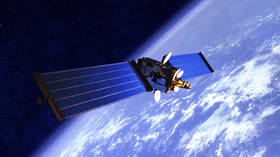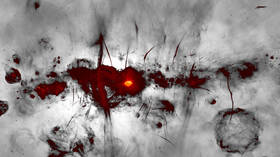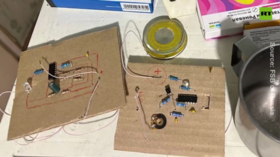Astronomers set up anti-satellite initiative

Astronomers from across the world have launched an initiative to curb the impact of artificial satellites on important astronomical research, arguing for tighter regulations on projects like Elon Musk’s Starlink network.
The International Astronomical Union (IAU) announced the creation of the Centre for the Protection of the Dark and Quiet Sky on Thursday, with president Debra Elmegreen saying it would help ensure that technological advances “do not inadvertently impede our study and enjoyment of the sky.”
The center describes its main mission as being to “mitigate the negative impact of satellite constellations on ground-based optical and radio astronomy observations as well as humanity’s enjoyment of the night sky.”
The body will engage with policymakers around the world in an attempt to tighten regulations on man-made satellites and space infrastructure. It will also push companies like Elon Musk's Starlink and Amazon’s Project Kuiper to minimize light pollution created with their satellites.
Satellite networks delivering broadband internet are of the biggest concern for the scientists, as thousands of objects orbit the Earth at a relatively low altitude of only a few hundred kilometers. Their quick movement during dusk and dawn leaves bright lines that can be traced by telescopes and interfere with the readings. The satellite transmissions can also meddle with radio telescopes and astronomy antennas.
The work will be led by the US National Optical-Infrared Astronomy Research Laboratory (NOIRLab) in Tucson, Arizona, which is a center for optical astronomy, and the Square Kilometre Array Organisation (SKAO), which is headquartered in Manchester, UK and is delivering the world’s most powerful networks of radio telescopes.













